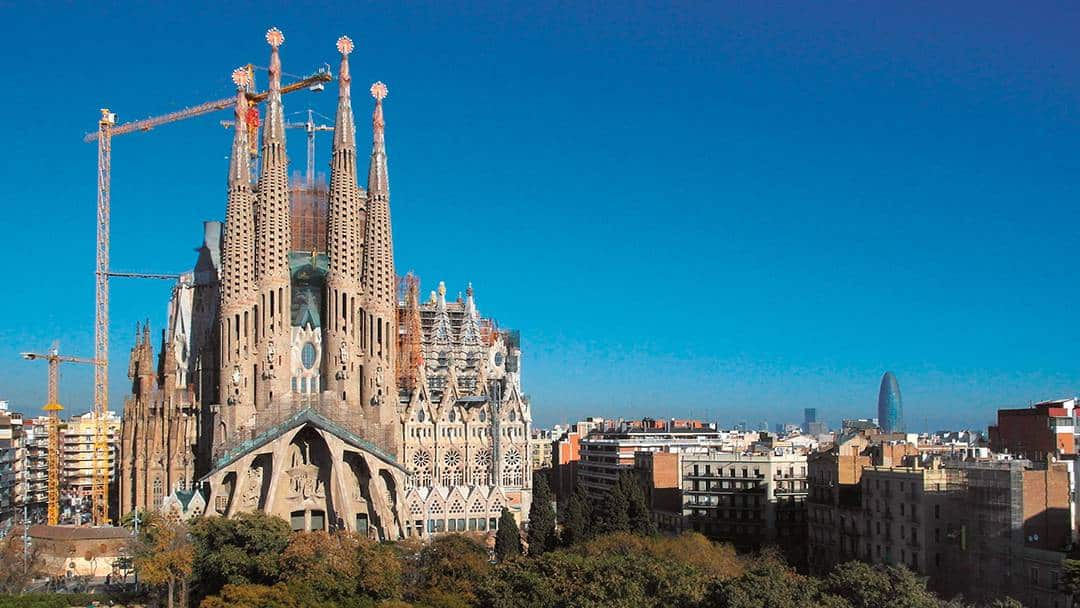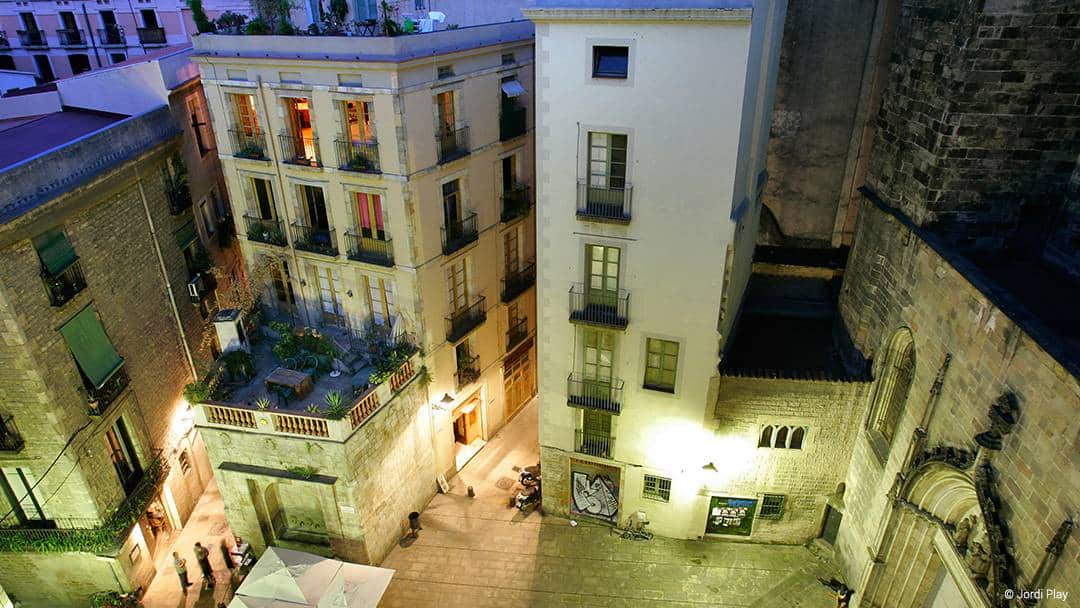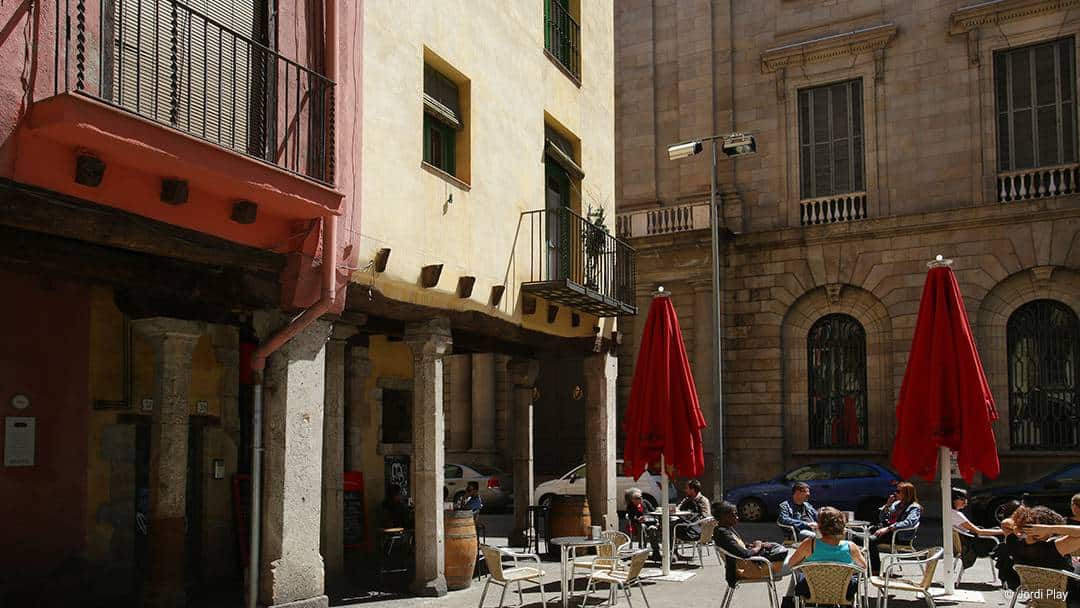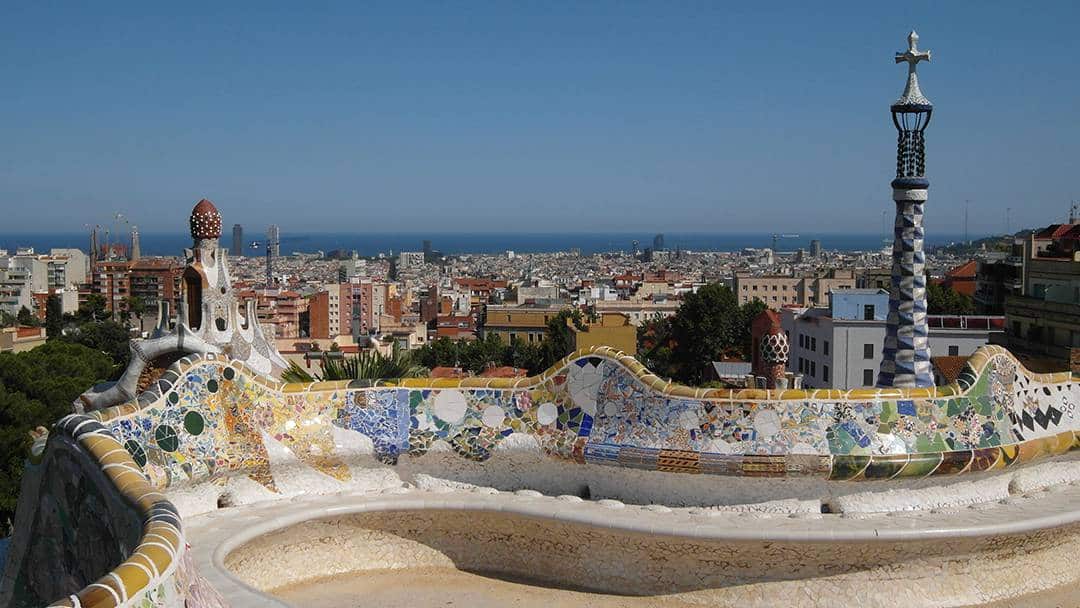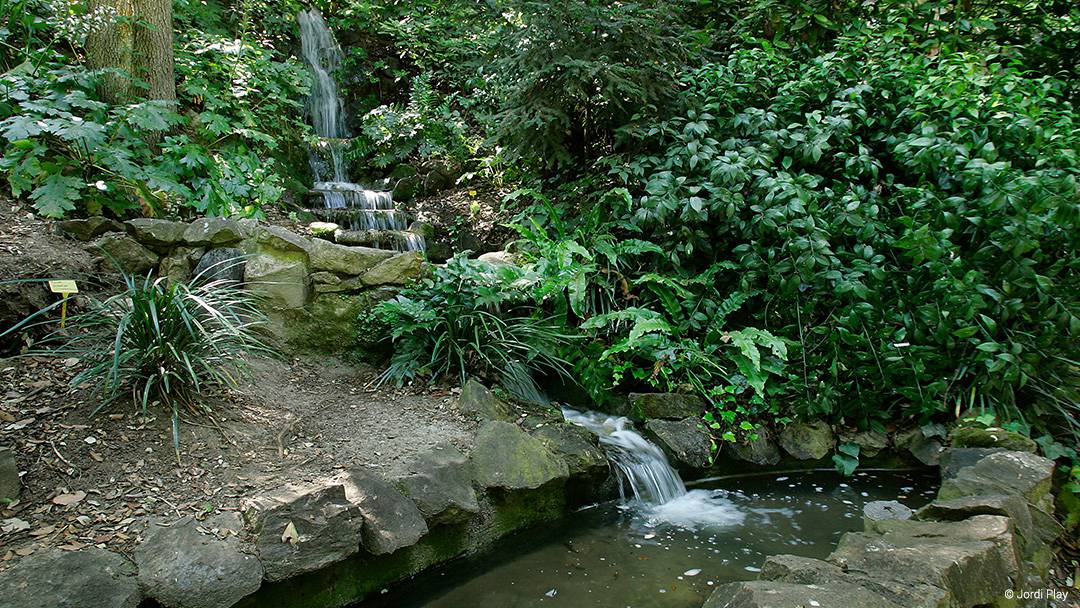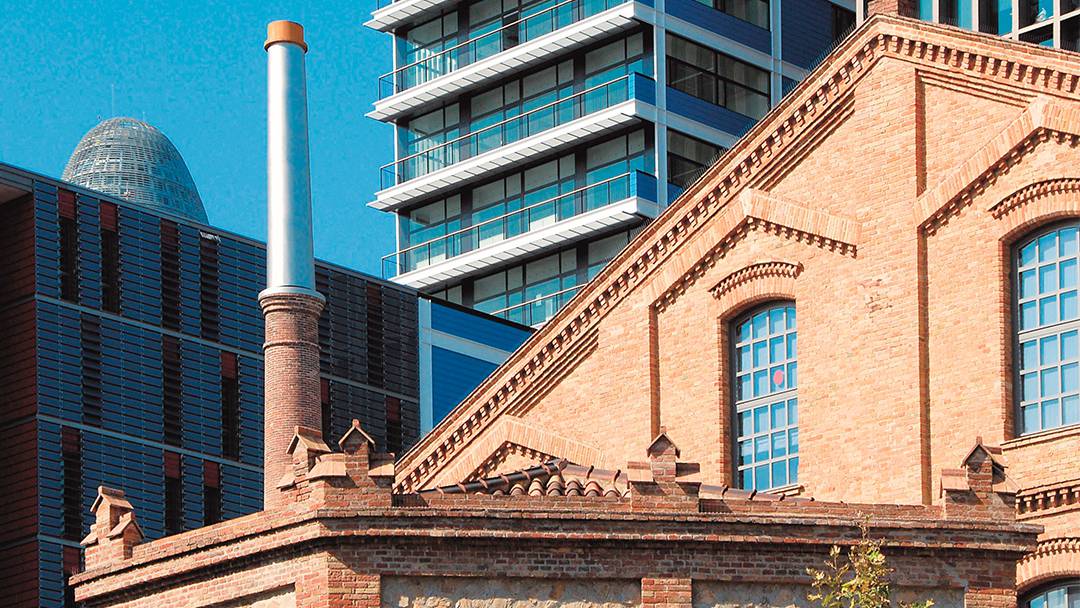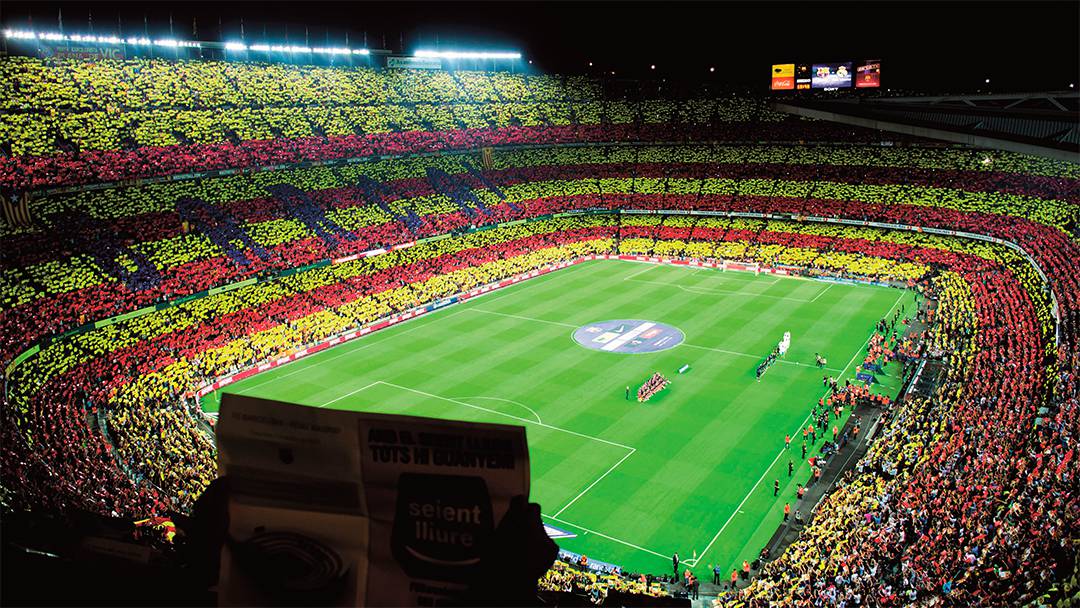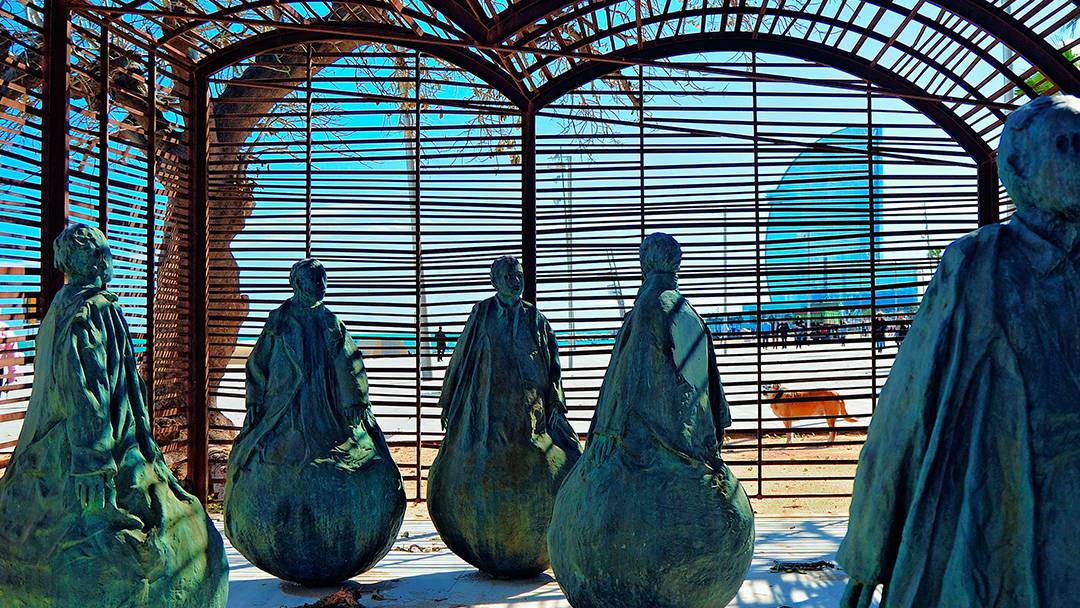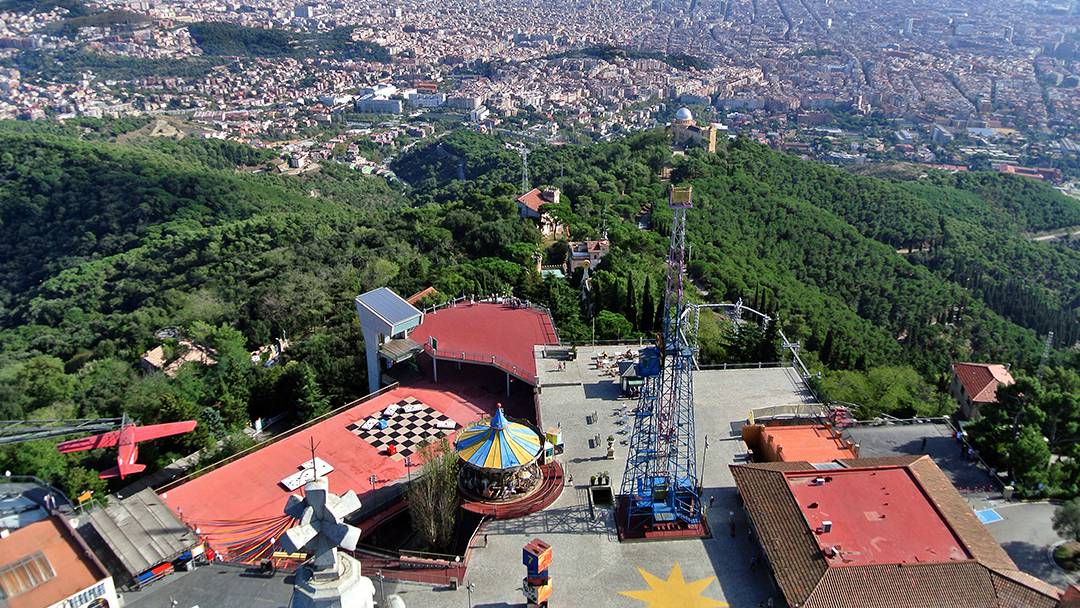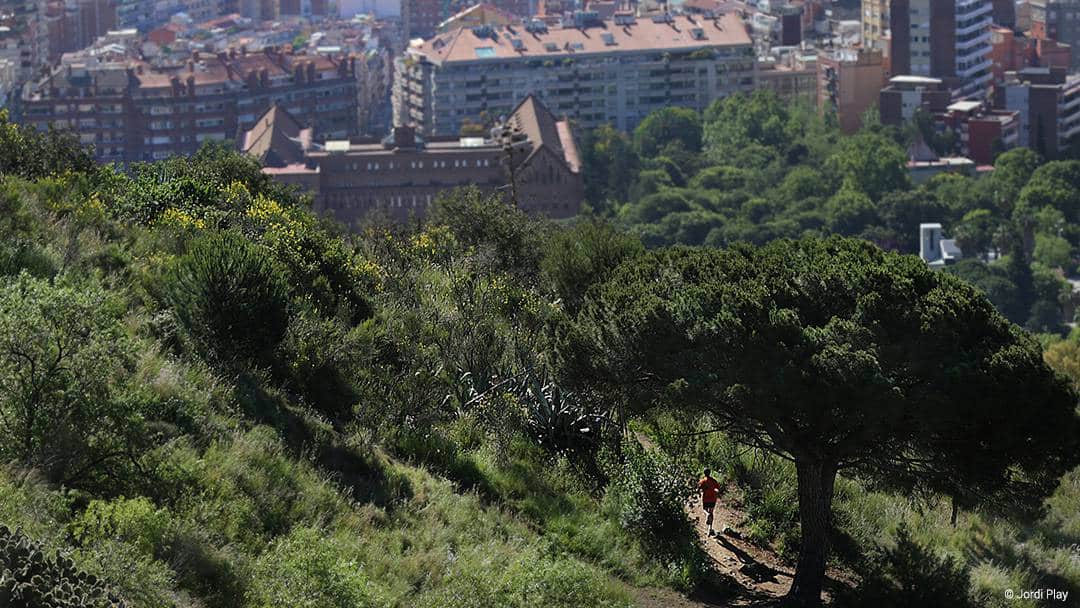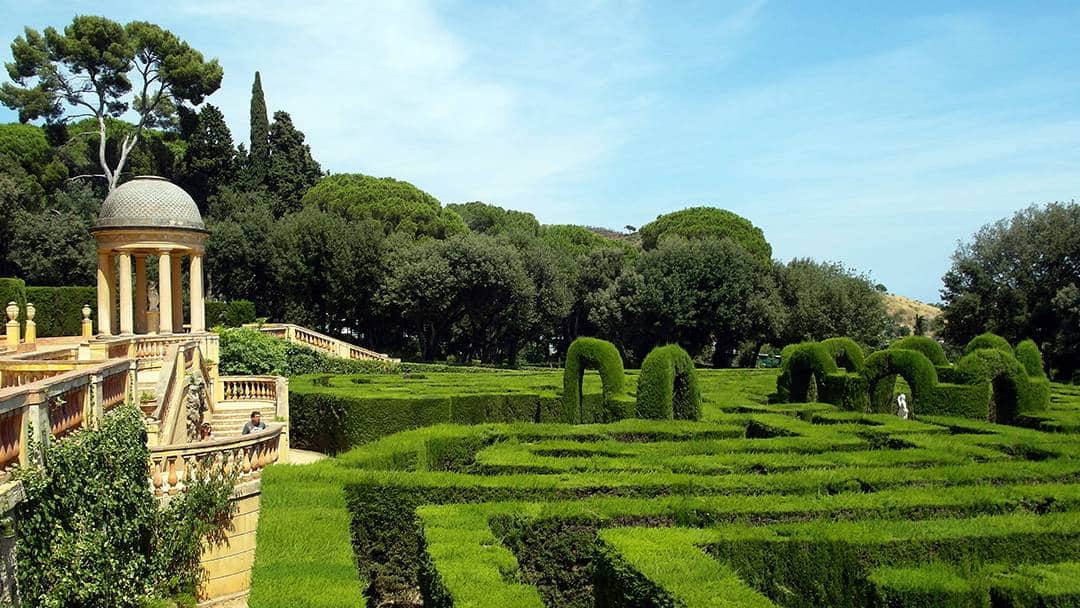If you are looking for where to stay in Barcelona this long guide we have prepared is for you.
We will illustrate the best neighborhoods in Barcelona so you can choose the best place to stay.
There are no words to describe Barcelona: the truth is that this impressive city has countless attractions that make it unique in the world. Its more than 4,000 years of history and its peculiar mix of art, culture, sports and festivities have built the magic of this city nestled on the shores of the Mediterranean.
For tourists and visitors, there are multiple lodging options to suit every need. Each of the different neighborhoods of Barcelona has its particular charms and attractions that can make your stay a unique and endearing experience.
Let’s take a look at some of Barcelona’s neighborhoods and what they have to offer tourists in terms of accommodation.
L’Eixample
Occupying the central part of the city, L’Eixample extends over a little more than seven square kilometers. Here you will find some of the most famous squares and roads of Barcelona: Passeig de Gracia, Plaça de Gaudí, Plaça de Catalunya, Carrer de Balmes and other points of great tourist interest.
The jewels of this district are the Basilica of the Sagrada Familia, Casa Milà and Casa Batlló. The stamp of the architect Antoni Gaudí does not go unnoticed: he managed to place an icon of universal architecture in Barcelona. But entertainment options are not far behind, as there are numerous cinemas, theaters and other entertainment venues in this district.
entertainment venues, as well as
as well as a wide variety of restaurants. However, it is also a quiet residential district, with charming gardens hidden in unexpected places on the islands designed by Cerdá.
For accommodation, L’Eixample offers a wide variety of high quality hotels. Certainly, being one of the most coveted areas of Barcelona, the lodging is not so economical, but it is worth it. If you are looking for other types of accommodations, this district also has a large number of hostels that stand out for the good quality of the services they offer. There is also an offer of tourist rooms ranging from 45 to 90 euros per night.
Ciutat Vella
One of the most sought after neighborhoods to stay in Barcelona is Ciutat Vella.
The first district of the old Barcelona is the Ciutat Vella. For those who love history, this is the ideal place to stay. The ancient walled city is present in every square centimeter of this district. Walking through the Ciutat Vella is to know the bowels of the history of Barcelona: Roman ruins are lined with emblematic Gothic style buildings. This does not mean that modernity has not touched its doors; on the contrary, a wide range of contemporary cultural offerings can be found in this district.
The Ciutat Vella is divided into four neighborhoods: the Gòtic, the oldest of the city; the medieval quarter, which includes the modern Sant Pere, Santa Caterina, the Born and the Ribera; La Barceloneta and the Raval, the latter articulated around the rural roads outside the thick walls. Each of them has a rich history to discover at every step.
Although the accommodation offer is not as wide as in L’Eixample, you can still find good accommodations here, although in some areas their intricate medieval layout can make them a bit unsafe in the wee hours of the morning, especially in the Gòtic. In this neighborhood, a night in a hotel can cost around 80 euros, while a tourist room costs around 60 or 70 euros.
El Born and La Ribera
This neighborhood located in the heart of the Ciutat Vella district deserves a separate chapter. Its streets retain an incredible medieval air, dotted with palaces built by merchants with good fortune. The church of Santa Maria del Mar, considered the greatest exponent of Catalan Gothic art, deserves special architectural mention.
For those who seek constant contact with the arts, this neighborhood may be ideal. Walking through its streets it is also possible to find the spirit of great creators such as the immortal Pablo Picasso, who had his workshop in this neighborhood. In his honor, the Picasso Museum, which contains works from the painter’s youth, is located in the Born and the Ribera.
Many other painters made this neighborhood their home, until it became known as the Montmartre of Barcelona, emulating the famous Parisian neighborhood. Today, many artists still seek inspiration in its spaces, which have become some of the most cosmopolitan in Barcelona.
To stay in this neighborhood, the options are varied: hotels, guesthouses and tourist rooms make up the offer. Prices range from 60 to 100 euros per night, depending on the particular services of each facility.
Gràcia
Another fantastic neighborhood to stay in Barcelona is the Gràcia district.
It is the smallest district of Barcelona, but it has treasures in its streets, parks and squares. In addition, it is a space where the most cosmopolitan artistic proposals in music, theater and cinemas are booming. In Gràcia there is a certain diversity that attracts bohemian artists as well as students and lifelong residents.
Gràcia was independent from Barcelona until 1857, and that pride still runs through its streets and inhabitants. In this district we again find Gaudí’s imprint in Park Güell. This emblematic space was conceived as a residential area, a garden city, but after the death of the businessman Eusebi Güell, the city council bought the land and turned it into the park as it is now known.
In summer, Gràcia is very visited for its famous Festes, a festival where creativity takes over the streets and squares. Another interesting fact about this district is the Raspall square, where legend has it that the Catalan rumba was born.
For accommodation, Gràcia offers accommodations for all tastes: a tourist room near Park Güell can be had for around 50 euros. If a hotel is required, there are varieties that range from 80/90 euros according to the services they have. The closest accommodations to the metro stations (2 lines, L3 and L4) are around 100 euros.
Sants-Montjuïc
For those who are looking for a little cheaper accommodation but don’t want to miss out on the fun, the Sants-Montjuïc district is the solution. Full of shows and stores, it is the southernmost district and also the largest.
Sea, mountains and history coexist here, along with neighborhood markets, lively squares and a variety of theaters, museums and sports facilities. All this, connected to the city center in just 10 minutes, thanks to the excellent public transportation available.
The hotel offer has grown in recent years, so it is quite varied and for all tastes. The most luxurious options are around 80 euros, but you can also get excellent hostels for 50 euros a night. However, when it comes to tourist rooms, costs may be reduced even further.
Another point in Montjuïc’s favor is the number of parks that compose it: it has one of Barcelona’s green lungs and one of its most impressive viewpoints. In the spaces of this lung is the Botanical Garden, the gardens of Mossèn Costa i Llobera, with a great variety of cactus and beautiful views. The Font del Gat, hidden in the Laribal gardens, deserves a special mention. So nature lovers will find their delights here.
Poblenou
Located in the Sant Martí district, Poblenou has seen exponential growth in recent years. It retains in its streets the well-marked traces of its working-class past, but after the 1992 Olympic Games, this was put on the back burner.
The modern layout of Poblenou turned its narrow streets into large avenues that overlook and recover the Mediterranean. Another attraction is District 22, which houses all the technological innovation companies in the city; it is called Barcelona’s Silicon Valley.
To stay in Poblenou there is a wide range of modern hotel establishments. They are a bit more expensive than the city average, as you can’t get accommodation for less than 80/90 euros per night. But if it’s all about business and technology, this is the place. Although the location of this neighborhood is not so central, the great amount of public transportation makes it perfectly communicated with the rest of the city.
Les Corts
The district of Les Corts is an area of contrasts: in its territory coexist the mythical Camp Nou, the commercial avenue Diagonal and squares and urban spaces perfect to enjoy the tranquility, such as the Plaza de Comas. In the latter, a monument warns of its agricultural past.
[VIDEO OF OK Apartment Barcelona ]Originally, the district of Les Corts was quite unpopulated. In 1836 it became a municipality and in 1897 it was annexed to Barcelona. From its rural origin, it preserves large parks and gardens in the three neighborhoods that compose it: Les Corts, Pedralbes and Sant Ramon-Maternitat.
The latter neighborhood is home to Camp Nou. The fame of Futbol Club Barcelona has increased the tourist offer in this area, so the fans of this popular sport could find themselves at ease staying nearby.
A tourist room in this area can be quite inexpensive: it can be obtained for less than 35 euros, depending on the dates. And a certain advantage of staying in the Sant Ramon-Maternitat neighborhood is the great variety of transports that it has, connecting to the whole city in a short time.
La Barceloneta
Are you a beach lover? Barceloneta is the best option. This neighborhood located in the district of Ciutat Vella has been recovered in recent years to take advantage of the Mediterranean coast. The neighborhood still preserves its narrow, gridded streets opening onto the sea, laid out in the 18th century on the outskirts of Barcelona’s city walls.
[VIDEO OF OK Apartment Barcelona ]At the beginning of the 20th century, Barcelona opened up to the beaches, so this neighborhood began its transformation: bars and inns opened to cater to the appetite of bathers were the sign of change. Decades later, a new transformation came hand in hand with the Olympic Games, surrounding the neighborhood with modern elements that surprise visitors with their contrast.
For accommodation, La Barceloneta is home to impressive hotels, including some of the most famous in the city. Therefore, if the intention is to enjoy the sea to the fullest, this is a good option, although not necessarily economical. On the contrary, a hotel accommodation can cost 100 euros or more, while on average tourist rooms have slightly lower costs.
In terms of mobility, La Barceloneta leaves nothing to be desired. It has good accesses and the L4 subway line reaches it, which guarantees connection with other places in the city.
Sarrià-Sant Gervasi
This district has the special characteristic of being the most residential of all Barcelona. Being somewhat removed from the more popular areas of Barcelona makes it a place of great peace and tranquility. However, it has some hotel development with good facilities but much cheaper on average than elsewhere in the city.
[VIDEO OF OK Apartment Barcelona ]Accommodation costs are very attractive if you are looking for savings: a room in a simple but modern hotel can be around 30 euros. This lower price is simply due to its distance from the center of Barcelona. However, it is not badly connected: in about twenty minutes by public transport you can reach the most attractive tourist areas.
One of the attractions of this neighborhood is the large amusement park that remains one of the most outstanding spaces in the city. It also houses CosmoCaixa, one of the most modern science museums in Europe.
Nou Barris
The district of Nou Barris is home to impressive green spaces with a great cultural life and a rhythm of its own, somewhat removed from the more popular areas of Barcelona. This can have a great charm: enjoying the benefits of the city from the foot of the Collserola mountain range.
This district is located at the northern end of the city. It has charming green areas that are far from the hustle and bustle, next to the most traditional bars. It also has very modern areas such as the Central Park, Can Dragó and the Cotxeres de Borbó. Another particularity is that this district is home to the Ateneu Popular 9 Barris, which has become a reference point for the circus movement in Barcelona.
Nou Barris has yet another element in its favor: among its corners, it is possible to find excellent gastronomic proposals at much more popular prices. If it is a question of accommodation, in this district there are modern hotels where a night can cost about 90 euros, with the advantage of being close to any of the metro stations belonging to lines L3, L4 and L11. As for the tourist rooms, the price goes down much more, since they can be obtained from 30 euros per night, depending on their amenities.
A must-see in this district is the Via Julia, also known as the Rambla de Nou Barris. In it you can find some stores, stores and bars. The other two arteries are Passeig de Verdun and Passeig de Fabra i Puig, where you can eat well and cheaply.
Horta-Guinardó
This district of Barcelona is also located at the foot of the Collserola mountain range. It is characterized for being a spectacular viewpoint of the city, as well as for its fertile land and abundance of water. These qualities marked this district for a long time as an eminently rural place of which old farmhouses and extensive green areas are still preserved.
Horta-Guinardó is made up of eleven neighborhoods that grew slowly. A century ago, it became famous for the laundry industry and for the sale of water from the Font d’en Fargues, famous for its properties for much of the twentieth century.
One of the natural jewels of this district is the Laberint d’Horta, famous for being the first park that was made in Barcelona, in the eighteenth century. It is not only a historical site, but also a natural retreat.
To stay in this district, there are some modern hotels whose prices range from 110 to more than 200 euros, depending on what each one offers. The communication routes with the city are good, so if you choose an accommodation that is close to the metro (the neighborhood is crossed by lines L3 and L5) and other avenues, it could be a good option to enjoy a good dose of nature.
Sant Andreu
Centennial streets, attachment to traditions and village atmosphere could be the three characteristics that best define the district of Sant Andreu. Its ancient cobblestone streets, centuries-old stores and hidden Roman remains make it a hidden treasure in Barcelona.
Sant Andreu also has a rural past linked to workers’ struggles that has marked its inhabitants, who relive it with pride. Jealous of their traditions, they pass the customs from parents to children, as is the case of Els Tres Tombs, the procession of floats of Sant Antoni. Animals are blessed and hundreds of candies are thrown.
Another important festivity of Sant Andreu is Esclat Andreuenc, the trabucaires’ parade. In it, the entire city wakes up to the sound of blunderbuss shots. To stay in this district there are some hotels, but they are certainly not the cheapest: one night can cost more than a hundred euros.

